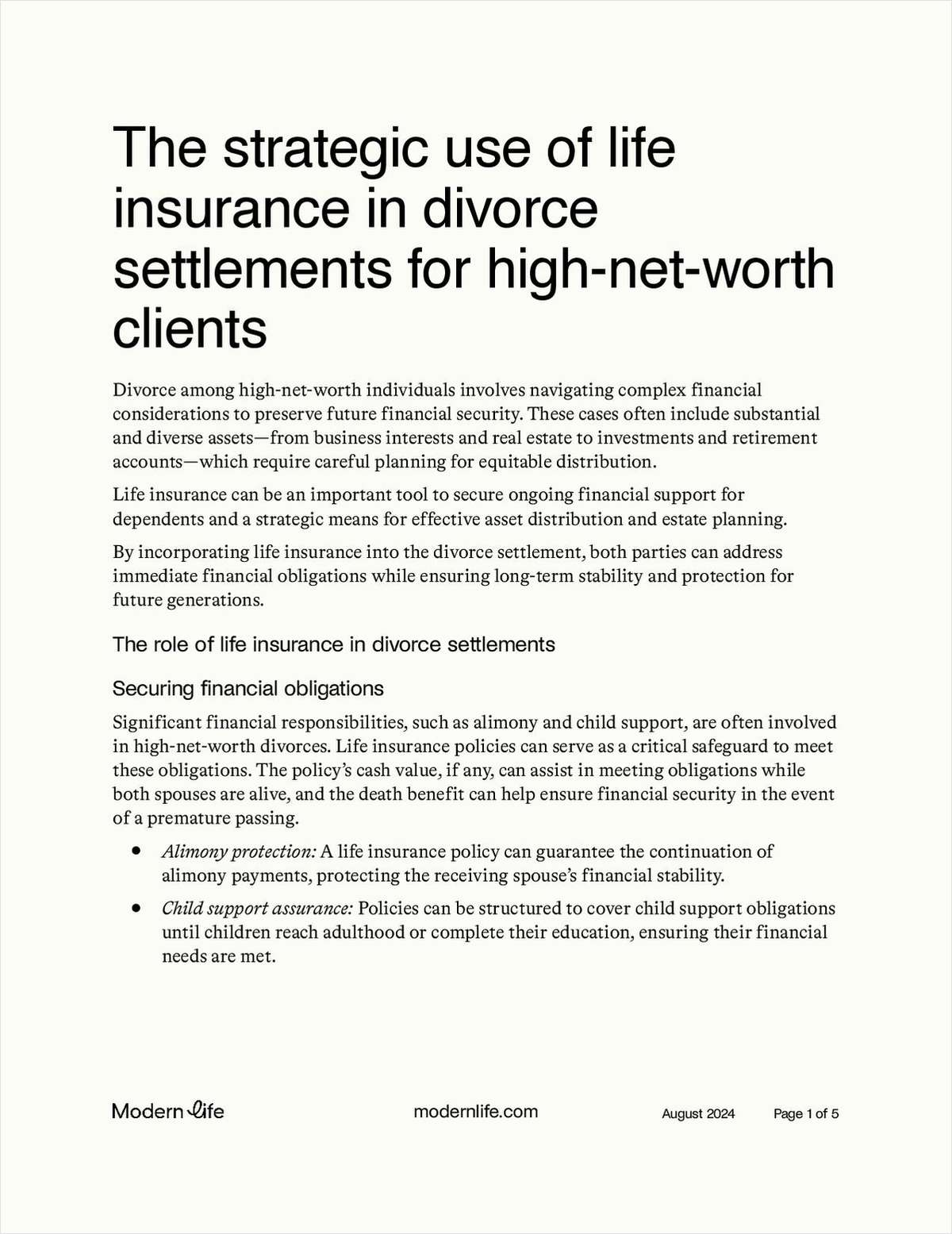Work to create a principles-based reserving system for life insurance products ratcheted up as preparations are being made to finish revising the Standard Valuation Law, the actuarial backbone for product reserving, and an accompanying Valuation Manual, for adoption by June 2008, in time for placement on 2009 legislative calendars.
During the winter meeting of the National Association of Insurance Commissioners here, the focus was very much on turning to the details that would enable stakeholders to sign off on the project. Life actuaries at the NAIC's Life & Health Actuarial Task Force devoted 3 days to completing a review of the draft of SVL revisions.
While regulators, actuaries working through the American Academy of Actuaries, Washington, and industry representatives including the American Council of Life Insurers, Washington, are hoping that a 2008 delivery to legislatures will make it possible for a Jan. 1, 2010 effective date, there is also a recognition that the timetable is aggressive.
At the NAIC's principles-based working group, Paul Graham, a life actuary with the ACLI, said there has been a misunderstanding that if the 2009 goal is not reached, then the project will be hurt. If the 2009 legislative session is missed, he said, then states with legislatures that meet every year could adopt it in the following legislative session and states that meet every other year would be 2-year adopters.
While time is needed to properly develop the SVL and Valuation Manual, a June timeframe is still possible, said Scott Harrison, executive director of the Affordable Life Insurance Alliance, Washington. Harrison noted that the SVL and the Valuation Manual do not have to be adopted in lockstep.
ACLI's Graham and Donna Claire, a life actuary with the Academy who is spearheading the massive actuarial effort, remain optimistic about the project although both noted that there is still uncertainty about how tax questions will be addressed by Treasury. But conversations with several observers during the meeting suggest more caution about the project's progress and its timeline.



